Should you buy an EV or a hybrid?
Gas prices got you down? Here's a lowdown on your options
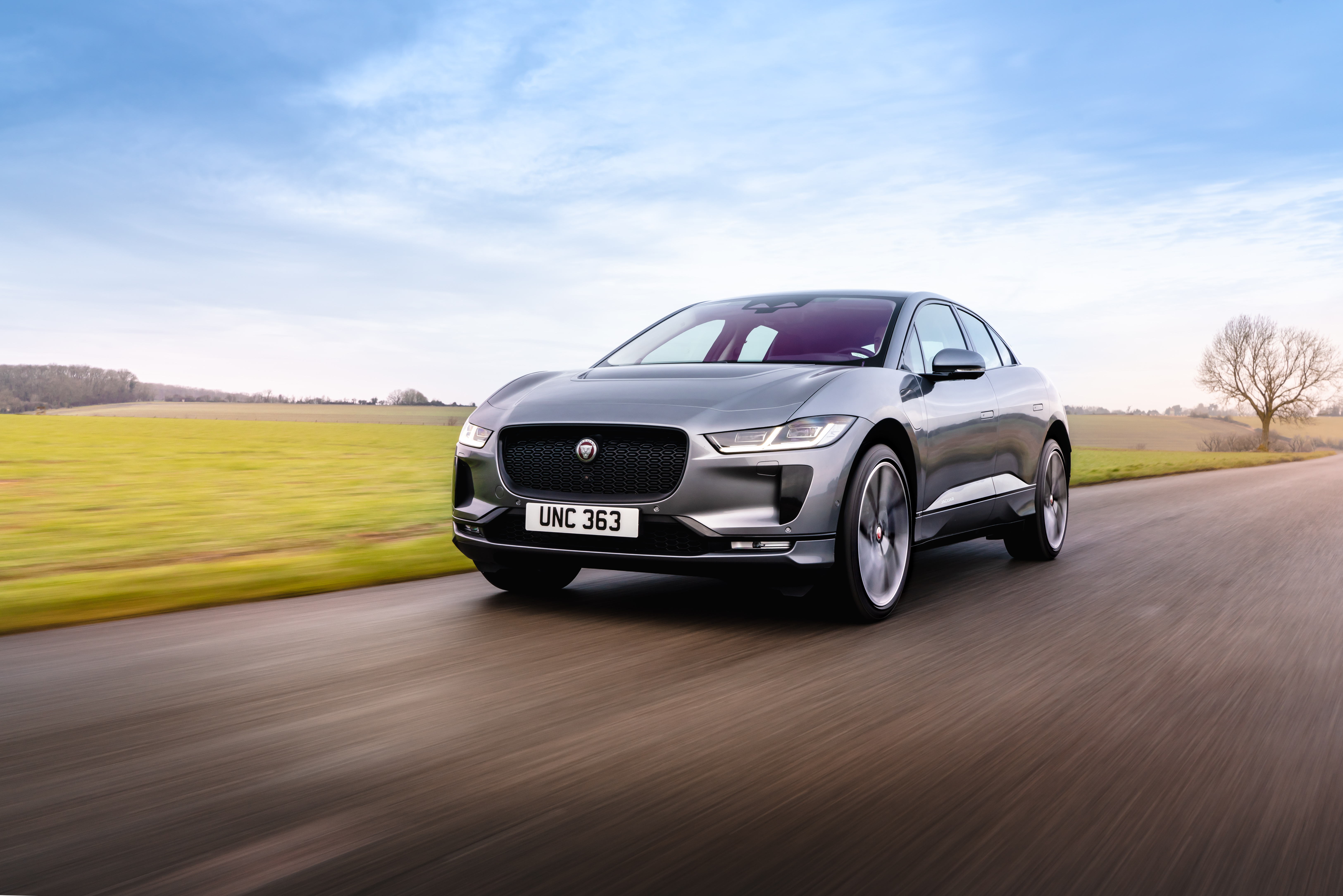
Deciding whether you should buy an EV or a hybrid is something every driver should be thinking about these days. Not only are gas prices through the roof, but the days of the gasoline-powered car are coming to an end, even in countries that aren’t forcing automakers to make the switch like the U.S., something that we mention in our guide to the 7 things you need to know before you buy an electric car.
(You can also read about my thoughts on renting an electric car for my vacation).
But if you’re the forward-thinking type, you may want to get ahead of the curve and ditch the gasoline-powered car, and go for one of the best electric cars. However, there are more alternative fuel vehicles than ever before, so switching to a pure EV isn’t necessarily an easy task. After all, each type of vehicle is different, with their respective advantages and disadvantages.
Hybrids and EVs are, generally speaking, more expensive options than traditional cars. But the benefit is that each option can help you save some money on your overall running costs, particularly when prices are so high you need to study up on how to find cheap gas.
Deciding whether you should buy an EV or hybrid is easier if you know what they all are and whether they fit your circumstances or not. Here’s what you need to know.
Electric cars vs. hybrids: Main differences
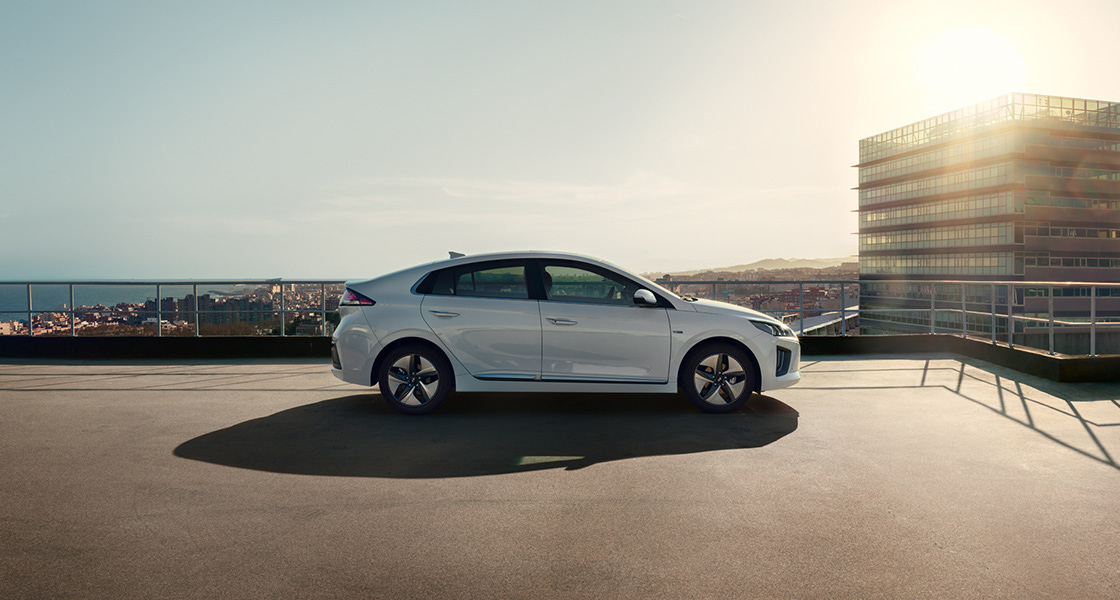
An electric car is exactly what its name suggests: the only thing powering the car is a large battery pack. How big that battery is depends on the car, but the principles are always the same. You plug the car in to recharge the battery, as you would a smartphone, and the stored energy powers one or more electric motors that turn the wheels and make the car move.
There’s no other fuel involved, and the only consumable you need to worry about is wiper fluid for the windshield.
There are currently three different kinds of hybrid vehicles on the road: standard hybrids, also known as full hybrids, mild hybrids and plug-in hybrids. Each one blends electrical and internal combustion drivetrains in their own way, and for a number of reasons.
Full- and mild hybrids are powered by an internal combustion engine, and use gasoline or diesel to power everything. It also comes with a battery, electrical motor and regenerative braking system that is designed to ease the burden on the engine. These cars use electrical power to offer an acceleration boost, switch off the engine when you’re slowing down or stationary, while the regenerative braking slows you down more smoothly. The main difference between the two is that full hybrids can also travel on electrical power for around a mile. Mild hybrid systems are not powerful enough to offer this.
A plug-in hybrid typically keeps the two drivetrains separate, letting you drive using electrical energy or gasoline. Plug-in hybrids have a much longer electrical range than a full hybrid, though not as much as the vast majority of electric cars, and will only recharge when plugged in. However, the engine can kick in when you’re out of battery power.
The main benefit to a plug-in hybrid is the fact they can drive on electrical power for a significant distance — the longest being the Polestar 1’s 93 miles. That reduces your gas consumption for short trips, while the engine and gas tank let you drive much further without having to stop and recharge.
Reasons to get a hybrid
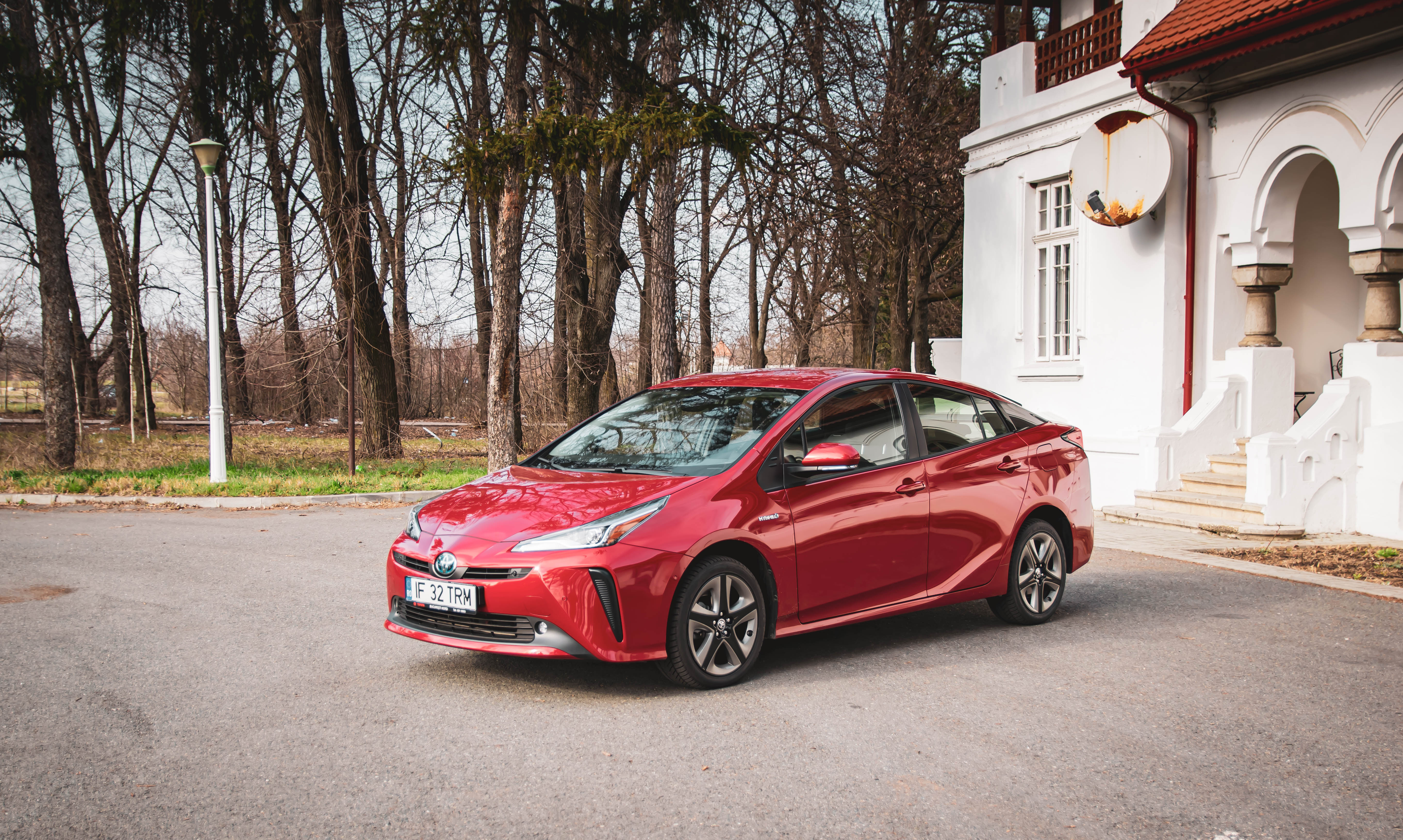
No range anxiety
The main benefit to driving a full or mild hybrid is that refuelling is as easy as filling up your gas tank. Gas stations are everywhere, after all, and the process is faster than having to plug in and recharge.
While you haven’t given up on gasoline, the hybrid system is one way to improve your gas mileage. The electrical system is able to assist the engine, the engine doesn’t have to work as hard - which reduces the amount of gasoline you use in the process. Full hybrids can even drive around for short distances using electrical power on its own, saving your fuel for when it’s really needed.
All of this means that you don’t need to worry about the ‘range anxiety’ you may have heard so much about. You will need to refuel before you empty your tank, but the widespread availability of gas stations means you won’t need to find electric car chargers near you. Nor will you have to learn how long it takes to charge an electric car.
You don’t always need a separate charger
Full and mild hybrids don’t need to be plugged in, and instead recharge the battery using energy from the engine and regenerative braking system. There’s a reason some automakers use the term “self-charging hybrid.” As unscrupulous as it may seem to use that phrase, it isn’t inaccurate.
Plug-in hybrids do need plugging in, but once the battery is dead, the car will automatically fall back on the engine to keep itself running. While the battery won’t be much use until you can plug back in, the engine is quite happy to keep going as if it’s using an ordinary hybrid power train.

However, plug-in hybrids have that unique configuration where they can independently function as both an EV and a traditional car. Driving on electrical power alone can save you a lot more money on gas than other hybrids. Still, plug-in hybrids have a reputation for offering worse gas mileage, on account of the fact they have to lug around a heavy battery. And the bigger the battery, and more range it can offer, the worse that will be.
They’re less expensive than EVs
The other benefit is cost. EVs can still be quite pricey, even at the cheaper end of the spectrum. While hybrids are more expensive than their non-hybrid counterparts, they are closer to non-hybrid models. Mild hybrids are the closest, and therefore cheapest, followed by full hybrids and plug-in hybrids.
They’re still eligible for federal rebates
A number of plug-in hybrids are also eligible for the US federal EV credit. How much you get back depends on how much range the car has to offer, but the highest range plug-in hybrids are eligible for the full $7,500 credit.
Reasons to get an EV
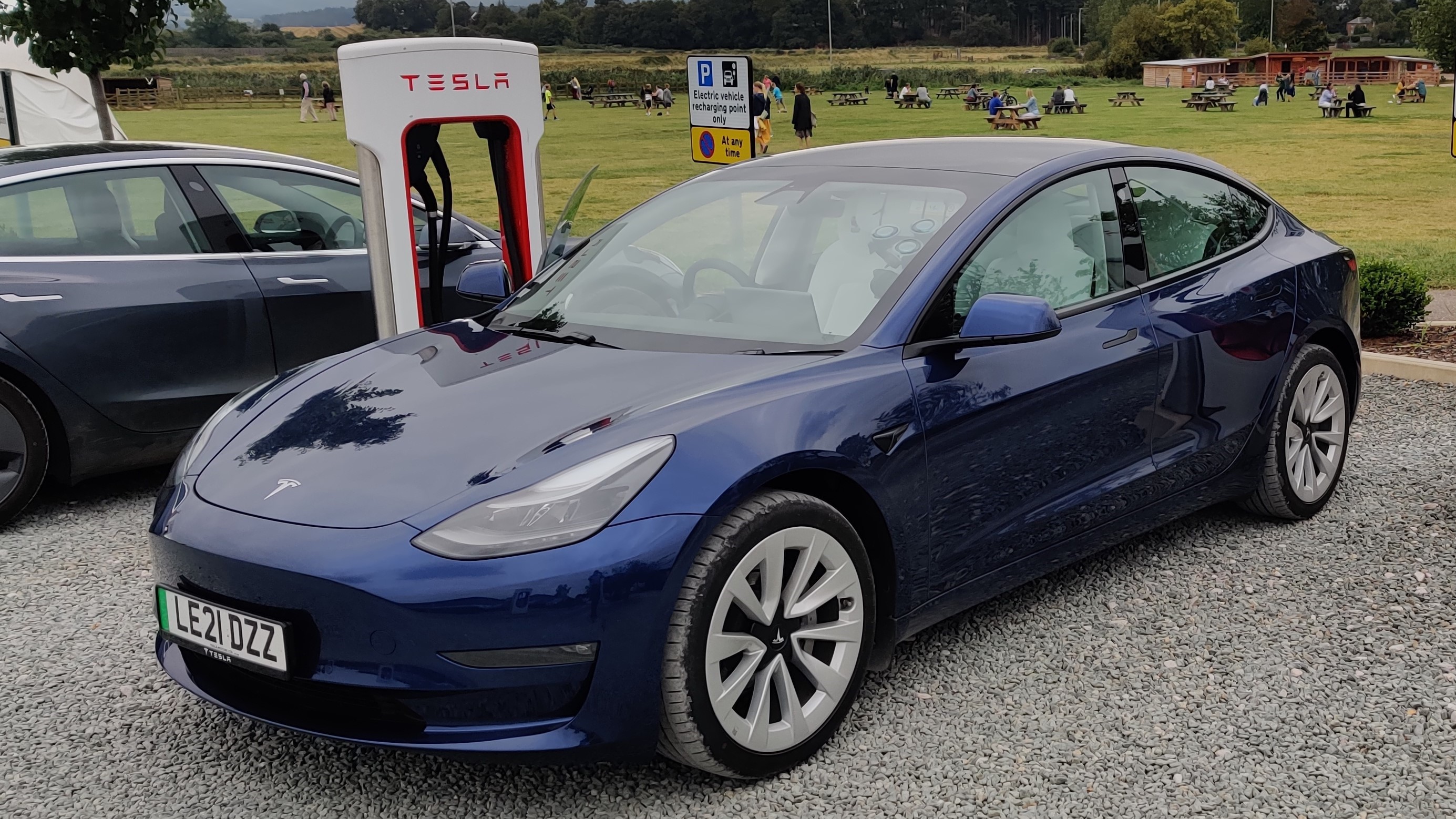
You don’t have to buy gas anymore
The immediate benefit to driving an EV is that you’re no longer beholden to the price of gasoline. Prices are at insane levels right now, with AA reporting a national average of over $4.50 a gallon. While energy prices are also pretty high, electricity is still, on average, significantly cheaper than an equivalent amount of gasoline.
Plus, no gasoline means no emissions, which will make you feel slightly better about your impact on the environment.
Lower maintenance costs
EVs also require less regular maintenance. There’s no need to change your oil, for instance, and the more simplistic nature of an electric motor, compared to the multitude of moving parts in an engine, means that there are fewer things that can go wrong. While the cost of EV repairs may end up costing more, according to some research, the fact you need less work can still save you money in the long term.
It’s worth mentioning that around 30 U.S. states charge drivers for the privilege of having an electric vehicle. Those annual fees range from $50 (Colorado) to $200 (Georgia, Alabama, and more). That’s going to eat into your savings somewhat.
They’re faster and quieter
But if it’s not about money, there are plenty of other reasons to drive an EV over something with a gas engine. Benefits include near-silent running, better on the spot acceleration thanks to instant torque, and roomier interiors. Despite the size of the battery, the relatively small size of EV mechanics mean there’s more interior space to enjoy than a similarly sized gasoline car or hybrid.
In some cases EV batteries are built into the structure of the car, and help reinforce the frame against collisions.
Should you buy an EV or a hybrid? The bottom line
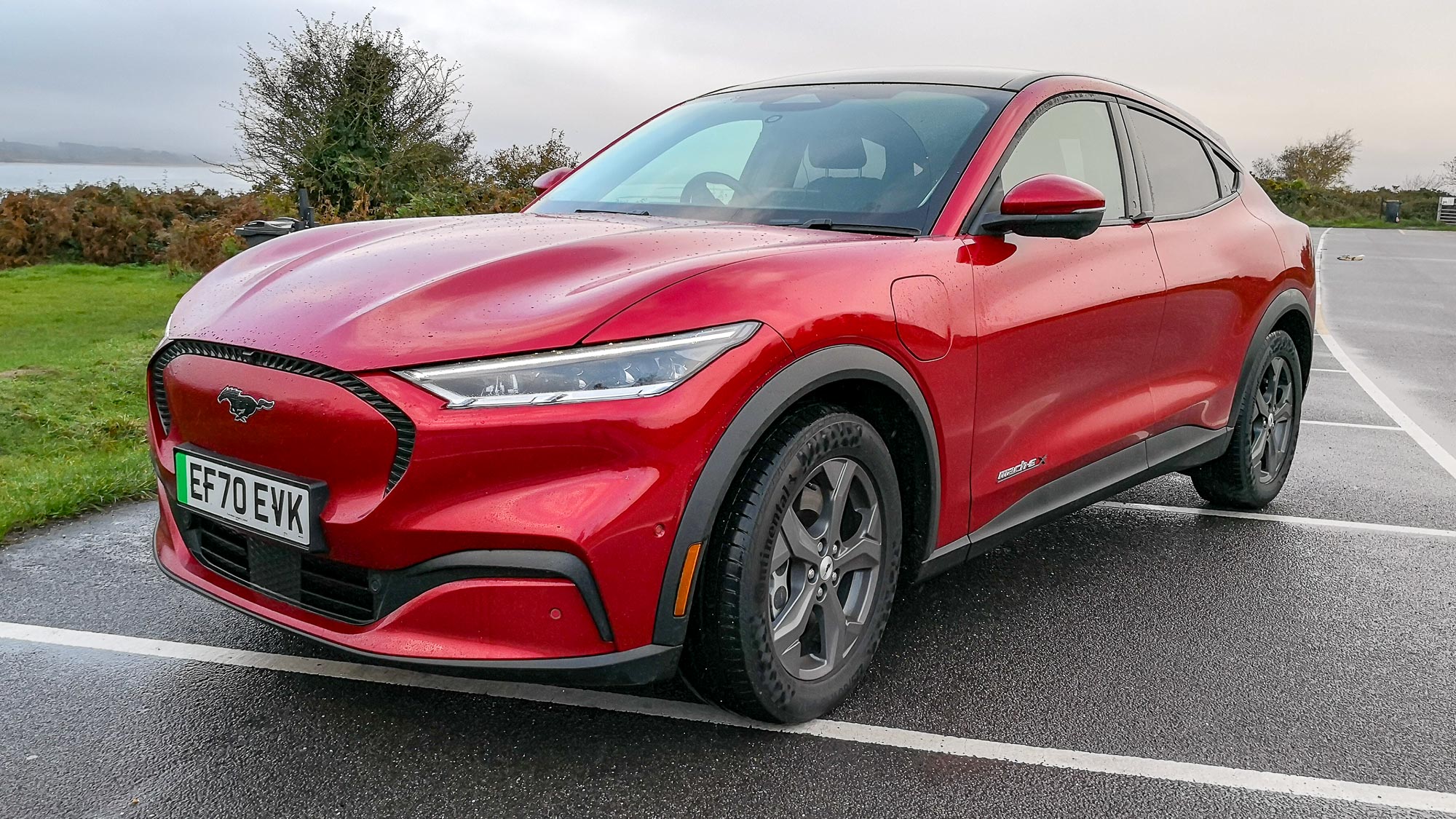
The decision of whether to buy an EV or a hybrid is dependent on your circumstances. In all cases you can lower your overall gas consumption, and get a better driving experience in the process. But not every option is the right one.
If you don’t have access to a reliable car charger, then a plug-in car is not going to be much good. But if the price of gas is really hitting you in your wallet, then a mild or full hybrid isn’t going to change the fact you will need to keep buying gas fairly regularly.
Mild hybrids are usually the cheapest option, but don’t have as much gas-saving potential. EVs, which use no gasoline at all, offer the most money saving potential, but are comparatively more expensive to purchase outright. However, your fuel savings will rely on where you recharge, and how much it costs. (We have a few tips on how to find cheap gas.)
Hybrids’ cost of entry may be lower than an electric car, but you will be paying that back in the long term — especially if prices continue to rise. But that would also be true if you did nothing, and in the case of a hybrid you at least have a better chance of reducing your fuel consumption.
Next: Hybrid and electric cars can regain some lost power through regenerative braking. But what is regenerative braking and how does it work? We'll tell you everything you need to know about it. And I took a 500-mile trip in an EV — but range anxiety was the least of my problems.
Sign up to get the BEST of Tom's Guide direct to your inbox.
Get instant access to breaking news, the hottest reviews, great deals and helpful tips.

Tom is the Tom's Guide's UK Phones Editor, tackling the latest smartphone news and vocally expressing his opinions about upcoming features or changes. It's long way from his days as editor of Gizmodo UK, when pretty much everything was on the table. He’s usually found trying to squeeze another giant Lego set onto the shelf, draining very large cups of coffee, or complaining about how terrible his Smart TV is.
